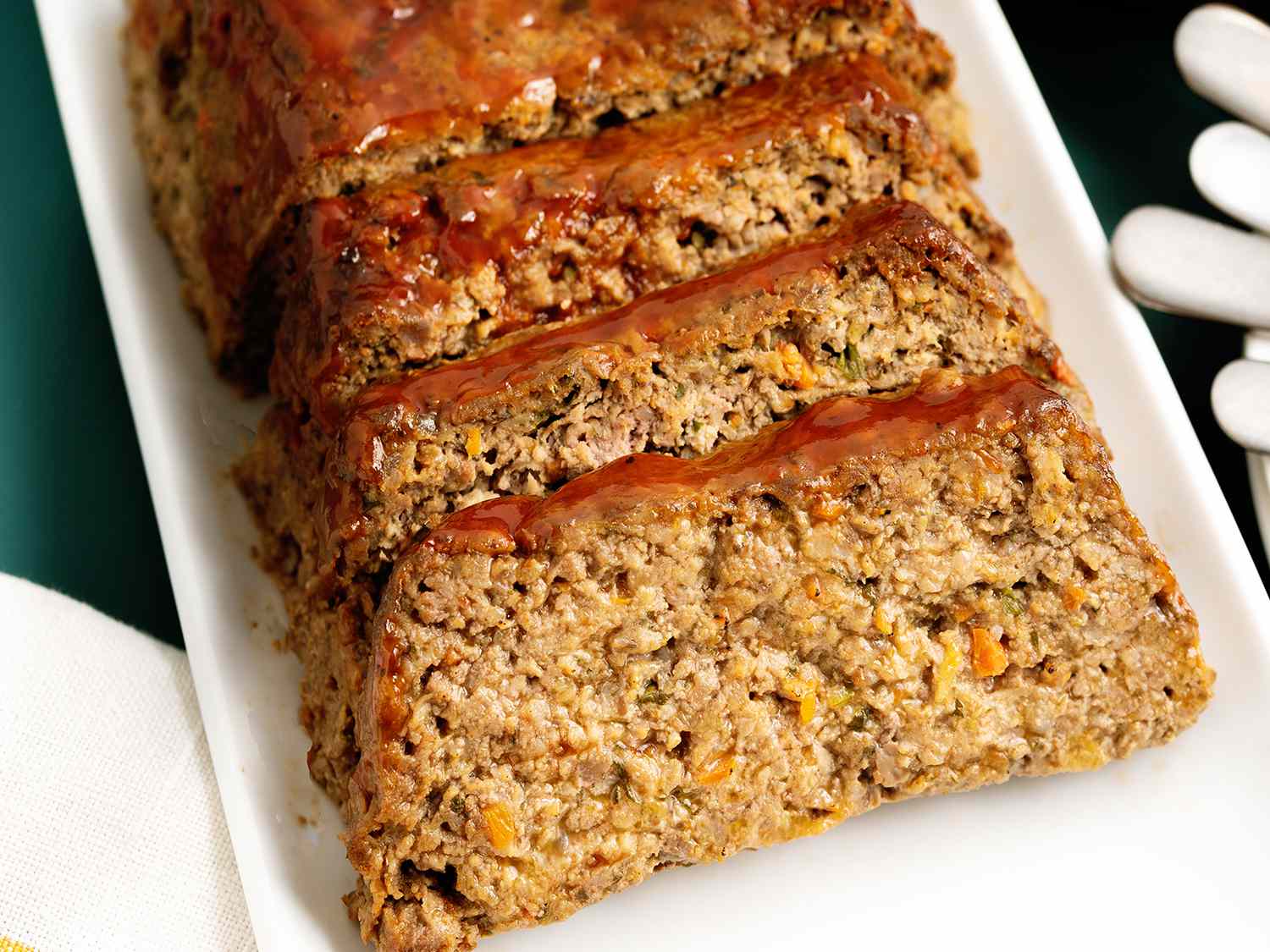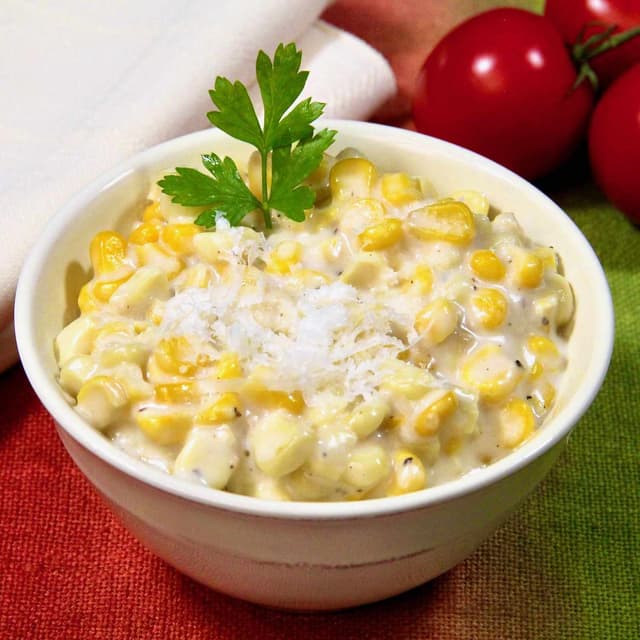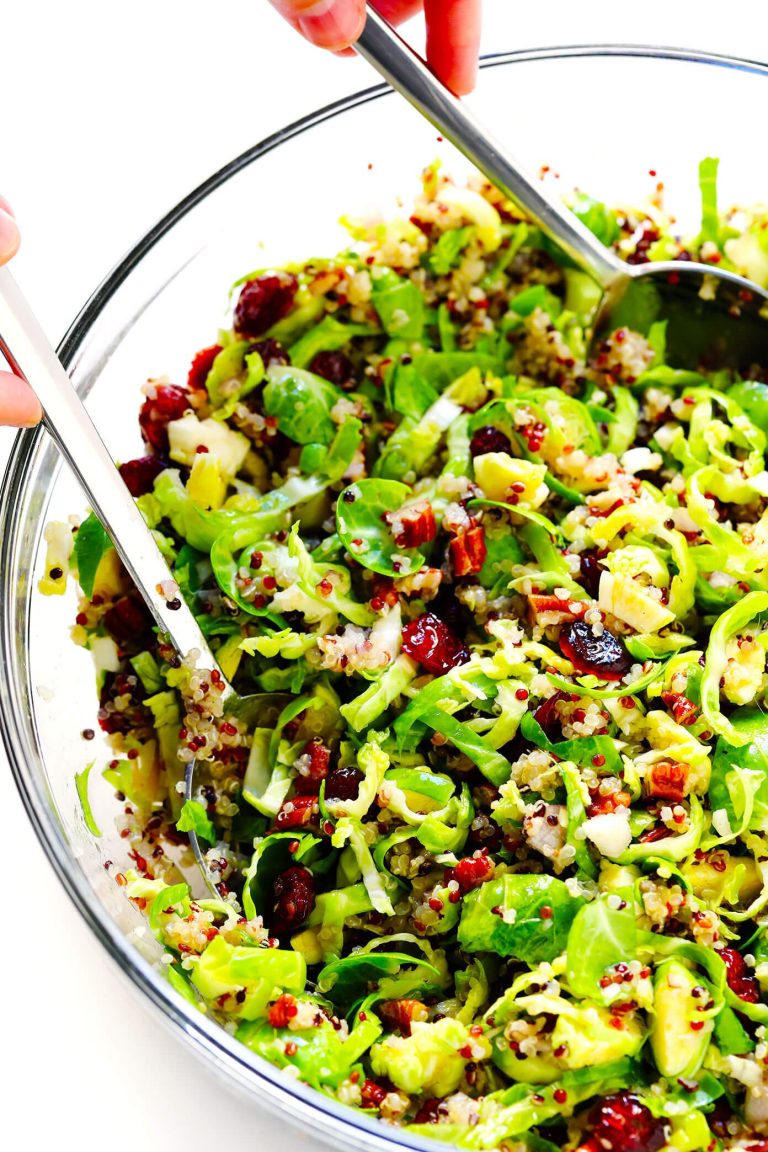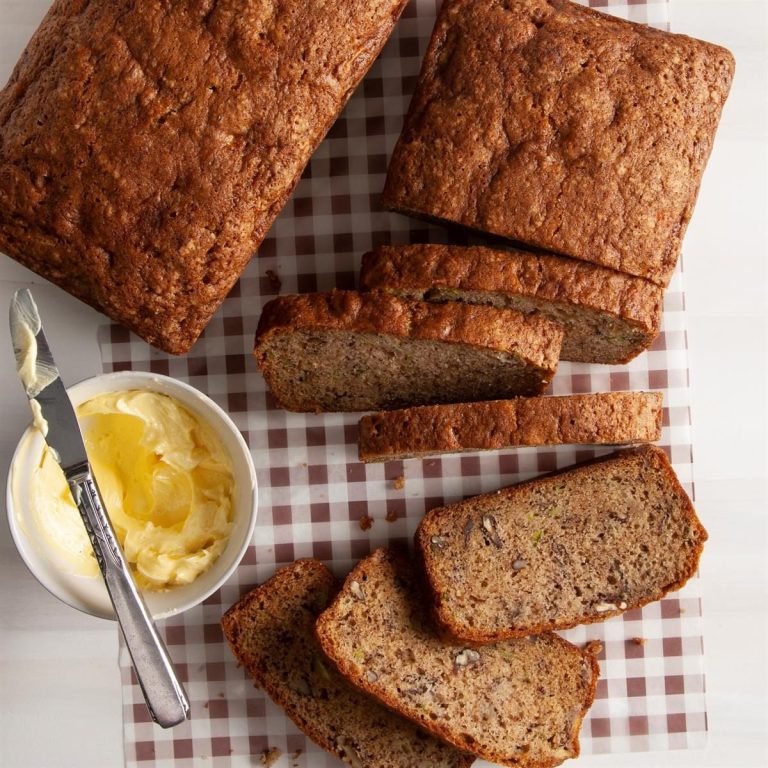Classic Meatloaf: History, Variations, and Perfect Serving Suggestions
Classic meatloaf has roots that trace back to ancient Rome, where recipes featured minced meat combined with fruits, nuts, and spices. During the 19th century, immigrant communities brought their culinary traditions to America and meatloaf evolved into a household staple. The earliest American meatloaf recipes appeared in cookbooks in the late 1800s, reflecting a combination of European influences.
In the early 20th century, meatloaf gained popularity thanks to its versatility and affordability. During the Great Depression, families relied on meatloaf as an economical way to stretch meat portions. The addition of fillers like breadcrumbs, oats, and vegetables became common. Post-World War II, meatloaf solidified its status as an American classic, with recipes often featuring ketchup or tomato sauce as a topping.
Regional Variations
Different regions in the United States have put their own spins on classic meatloaf. In the Midwest, meatloaf often includes a blend of ground beef, pork, and veal. Southern-style meatloaf incorporates a mix of savory spices and sometimes features a brown sugar glaze for added sweetness.
Northeastern variations may include Worcestershire sauce and bell peppers, giving it a unique flavor profile. Lastly, in the West Coast, you might find meatloaf made with ground turkey or even vegan versions, reflecting health-conscious and diverse dietary preferences.
Key Ingredients in Classic Meatloaf
Meats Used in Traditional Recipes
Classic meatloaf typically includes a blend of ground beef and pork. Ground beef provides the primary flavor base due to its rich taste. Pork adds moisture and tenderness thanks to its higher fat content. Combining these meats results in a balanced texture, ensuring the meatloaf is neither too dry nor too greasy. Some variations include veal, which lends a more delicate texture and refined flavor. In certain regions, people prefer using ground turkey for a leaner option, while some may opt for lamb to give the dish a unique twist.
Binding Agents and Seasonings
Binding agents hold the meat mixture together and ensure the meatloaf doesn’t fall apart when sliced. Common binding agents include breadcrumbs, eggs, and milk. Breadcrumbs absorb moisture and retain it, while eggs act as a glue binding the ingredients. Milk provides additional moisture and richness. Seasonings are crucial for flavor. Typical seasonings involve salt, black pepper, garlic powder, and onion powder. Fresh herbs like parsley add a vibrant touch, while Worcestershire sauce infuses a deep, savory flavor. Onions and bell peppers, often finely chopped, contribute texture and slight sweetness. Bay leaves can introduce a subtle aromatic note when added carefully.
Cooking Techniques
Baking the Perfect Meatloaf
Ensure your oven preheats to 350°F (177°C). Use a meat thermometer to check the internal temperature, aiming for 160°F (71°C). Bake the meatloaf in a loaf pan to retain its shape and prevent excessive drying. Rest the meatloaf for 10 minutes after baking, allowing juices to redistribute.
Common Mistakes to Avoid
Avoid over-mixing the meat mixture; it leads to a dense texture. Use the right binding agents in the correct ratio to prevent crumbling. Do not skip resting the meatloaf because cutting it too soon releases essential moisture and affects texture.
Serving Suggestions
Traditional Side Dishes
Complement classic meatloaf by serving it with traditional sides. Mashed potatoes provide a creamy texture that pairs well with the meatloaf’s savory flavor. Use milk, butter, and a pinch of salt to enhance the potatoes’ taste. Green beans add a crunchy, fresh contrast to the dish and can be steamed or sautéed with garlic for added flavor. Include a slice of hearty artisan bread to soak up any remaining gravy or sauce, making the meal complete.
Modern Twists on Serving Meatloaf
Explore contemporary serving options for a twist on classic meatloaf. Serve meatloaf sliders on mini brioche buns with a tangy aioli and pickled onions for a fun party appetizer. Try meatloaf muffins baked in a muffin tin for convenient, portion-controlled servings. Pair these with a light arugula salad drizzled with lemon vinaigrette. For a low-carb version, serve meatloaf with roasted cauliflower or zucchini noodles instead of traditional mashed potatoes.
Conclusion
Classic meatloaf stands as a testament to culinary evolution blending history and tradition with modern creativity. Its versatility allows you to enjoy it in countless ways from the comforting slice with mashed potatoes to inventive sliders and muffins. By understanding its rich background and mastering key techniques you can elevate this humble dish to new heights. Whether you’re honoring family traditions or experimenting with contemporary flavors classic meatloaf remains a beloved staple in American kitchens. Dive into the world of meatloaf and discover your own perfect recipe.






